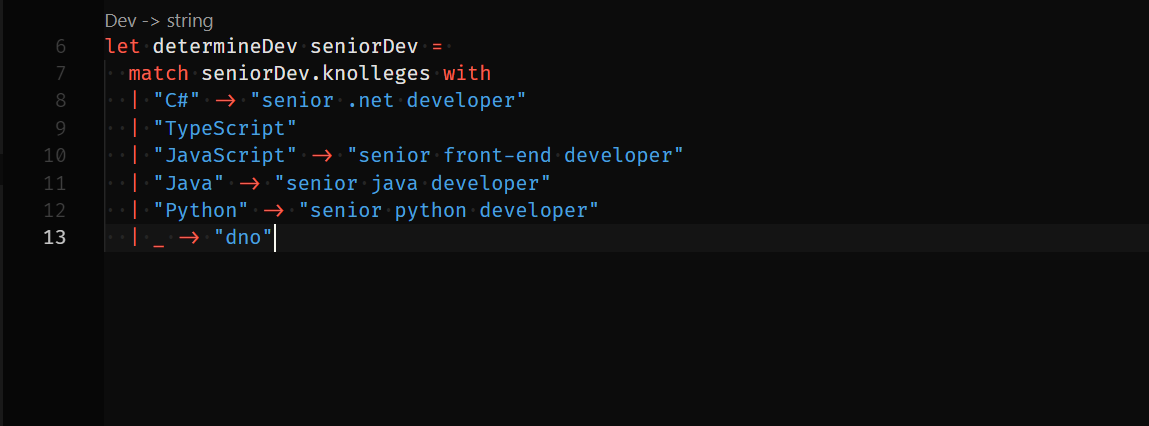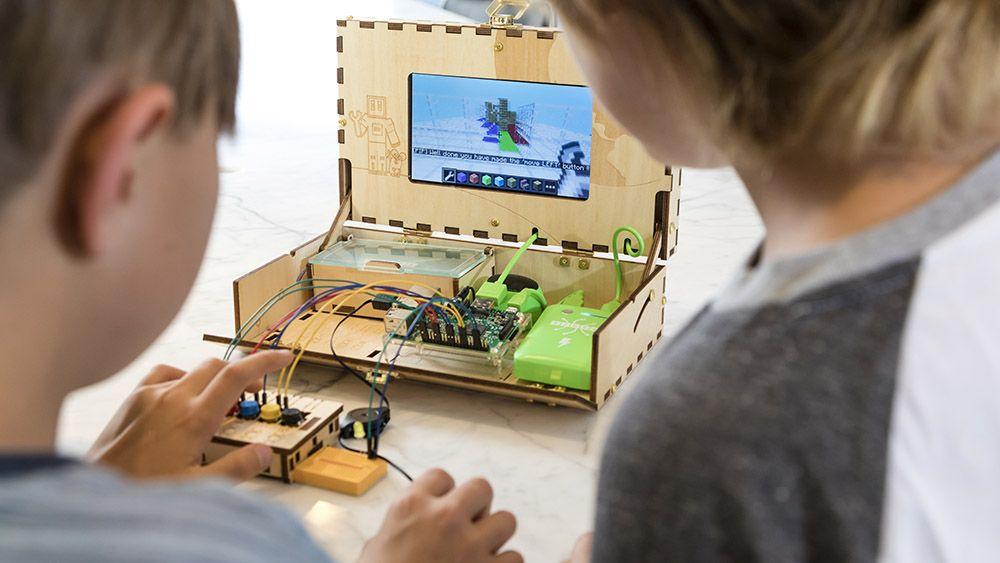
Quite a long time ago, seven years ago to be precise, i wrote a series of posts describing the state of android robotics in the world. At the time i was a high school student, with a keen interest in android robotics, who absorbed a bit of knowledge from English, Japanese, Chinese, Korean and Russian internetz and wanted to spill it somewhere.
While the posts were not too professional, and not to my standards of today, they were worthy enough to get stolen and even get translated by unapproved English Habrahabr mirrors, and to this day, appear in searches.
After those posts were written, Habrahabr got split. Removal of everyone outside of pure coding who were considered «not cake enough» to Geektimes felt like an insult and so i left the platform. Yet, the website was reunited last year, and much to a personal surprise, fairly recently an English version of Habrahabr was released.
During all these years i managed to be kicked from one university, finished another with a thick thesis on «Usage of Robotics in Disaster Conditions», lived in the Republic of Korea for half a year, and most importantly, not only expanded my knowledge of android robotics in such ways that the Robotics folder on the main hard drive is now more than 300GB in size, but also expanded the knowledge via journeying and personally meeting projects of the past and present, creating quite a decent
archive on Youtube and met not only with the robots, but the engineers and scientists as well.
While i am still nowhere to be a robotics engineer, (and in the daily life i attempt to be a
traditional slice-of-life artist), i feel that my tiny gigabytes of knowledge might be worthy of sharing, and today on Habr i'm publishing the real story of Android Robotics from the beginning up to 2019.











